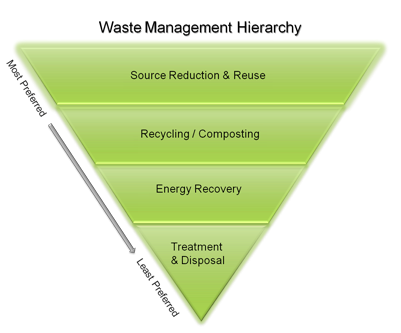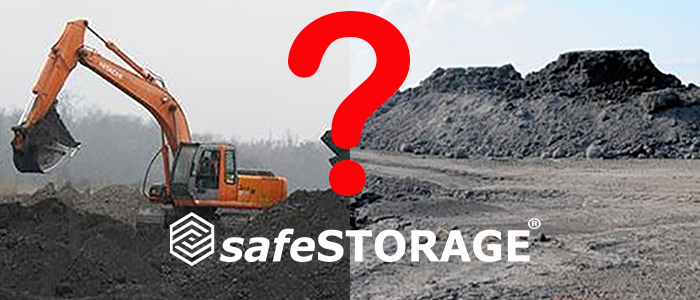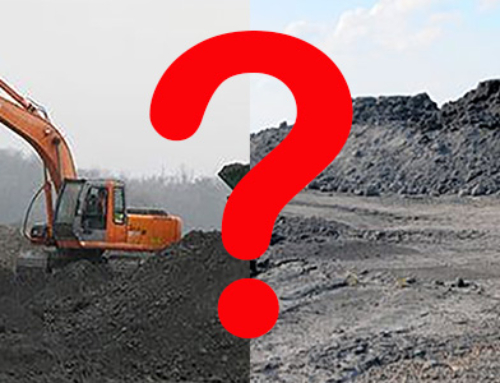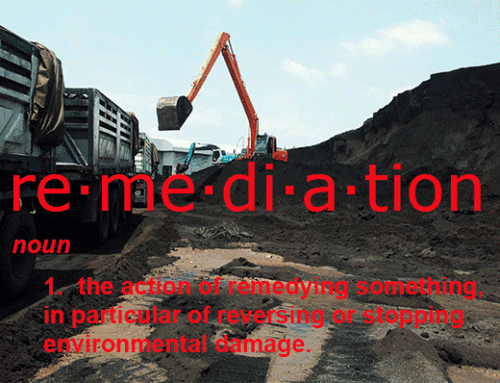Hey, Power Industry, Welcome to the Waste Industry!
The unbreakable thread running through all arguments about CCR over the years is this: CCR is waste. Like any waste, it should adhere to a certain methodology that has been developed by the waste industry.
The U.S. waste industry has structured its business model around the EPA’s nonhazardous waste management hierarchy for years. The hierarchy dictates reducing, reusing and recycling most wastes – all key components of the EPA’s Sustainable Materials Management Program (SMM).

Source: EPA
To quote the EPA, the SMM “is an effort to protect the environment and conserve resources for future generations through a systems approach that seeks to reduce materials use and their associated environmental impacts over their entire life cycles, starting with extraction of natural resources and product design and ending with decisions on recycling or final disposal.”
Coal ash is a natural fit in the waste management hierarchy, and the EPA expects utilities to play by its rules for CCR disposition. Recycling CCRs into building materials is currently the preferred method, but we’ve discussed its inherent limitations in previous posts.
Many utilities consider disposal, the last resort environmentally, the most expedient solution because it’s relatively easy to accomplish compared to all other accepted methods. However, public perception has evolved to realize that this is the most impractical solution, and it’s rightly the least preferred method in the EPA hierarchy. Airspace in the United States is dwindling, and the fastest way to put landfilling in crisis mode is to add this waste stream to it.
This impasse could be overcome if CCR producers would only partner more with the waste industry, which has the expertise in formulating creative disposition methods. For example, CCR contamination hazards could be negated through macroencapsulation in berms and bunkers constructed for land reclamation projects.
Taking this single approach could eliminate the need to find outlets for recycling, remove the necessity of dangerously transporting CCR long distances on public thruways, give the CCR a safe, final resting place AND make it a beneficial contribution to land reclaimed for new, productive use.
No matter how you parse it, CCR is a hazardous waste. Instead of minimizing the risks it poses, utilities would do better to take a page from the waste industry’s playbook on landfill management and cooperate on ways to put CCR to constructive uses that have long-term benefits.
This is the last post of our Legacy CCR Series. Our goal was to share some of our experiences with this multifaceted issue confronting all stakeholders today. The simplified approach in writing these messages was not to diminish the complexities of dealing with every coal ash pond, each of which poses its own unique challenges, but to provide a starting point for such discussions, which are taking place across the nation.





